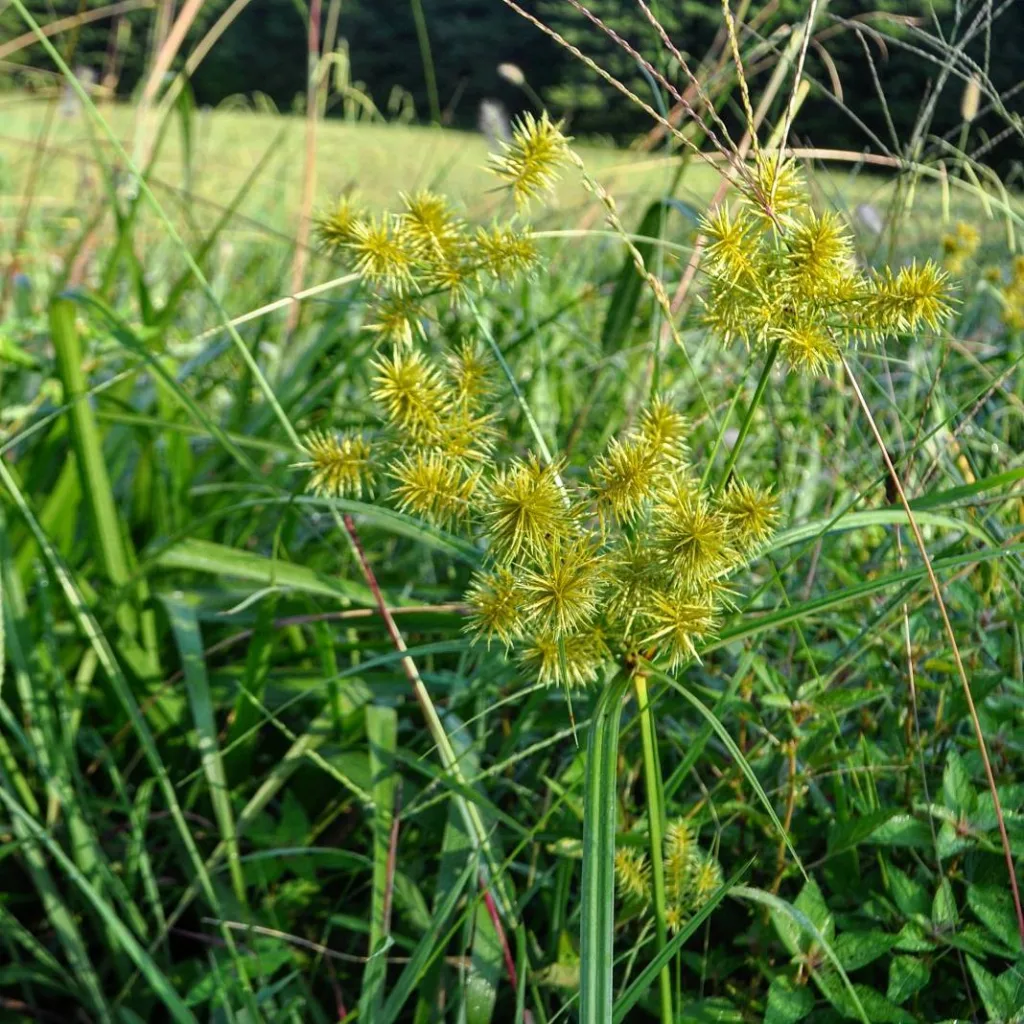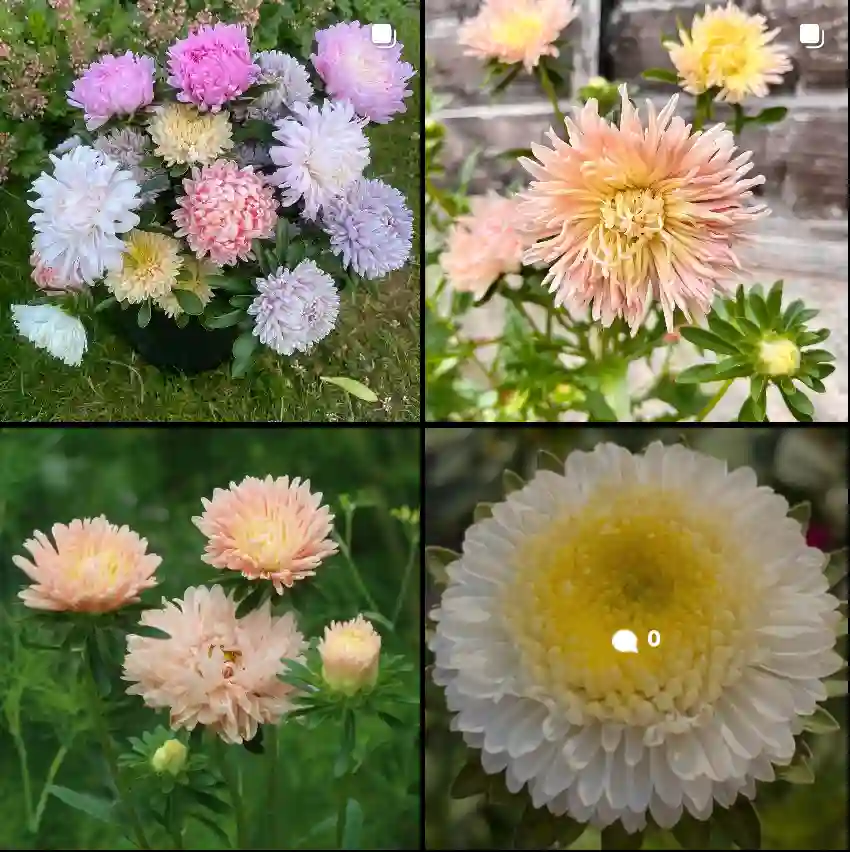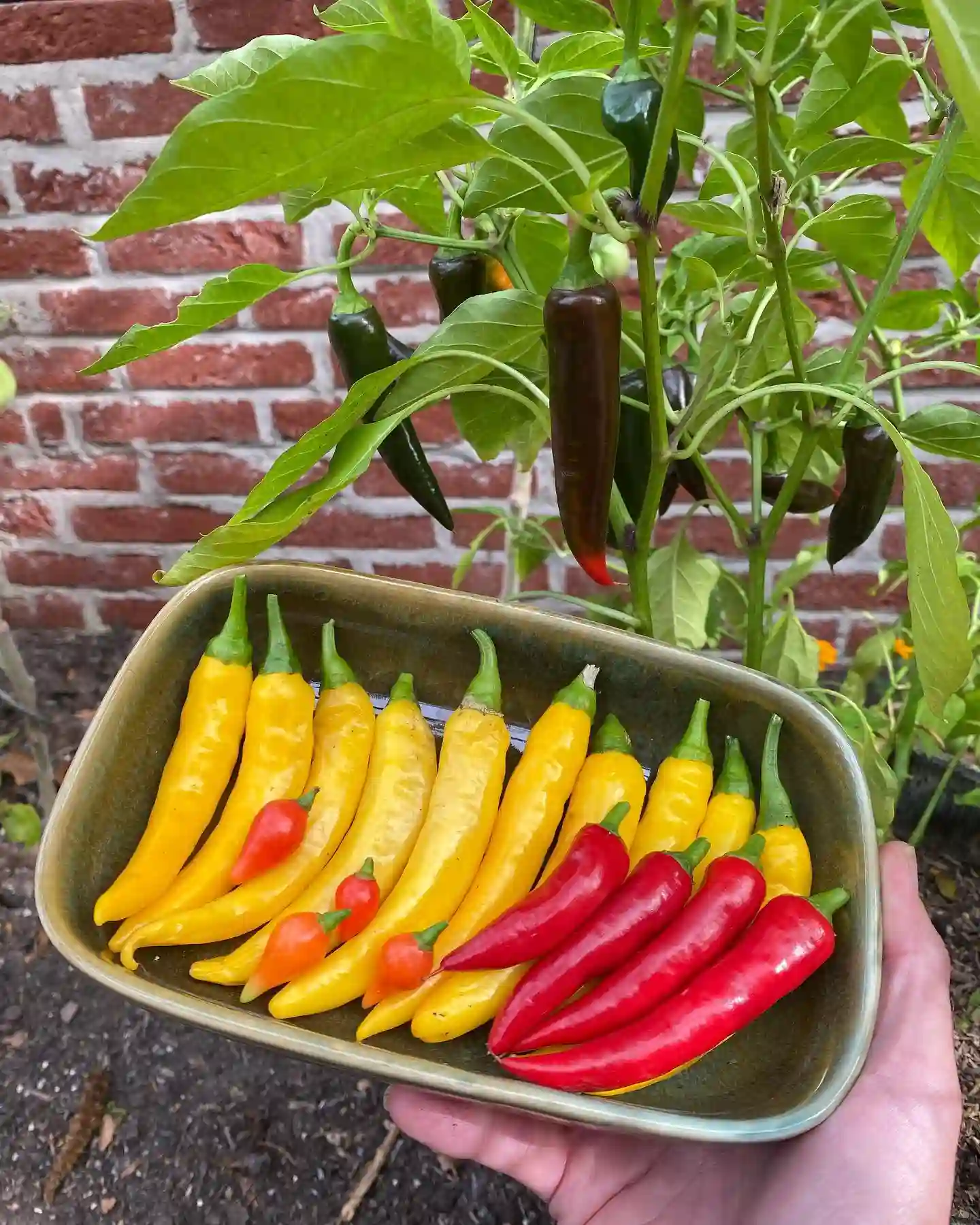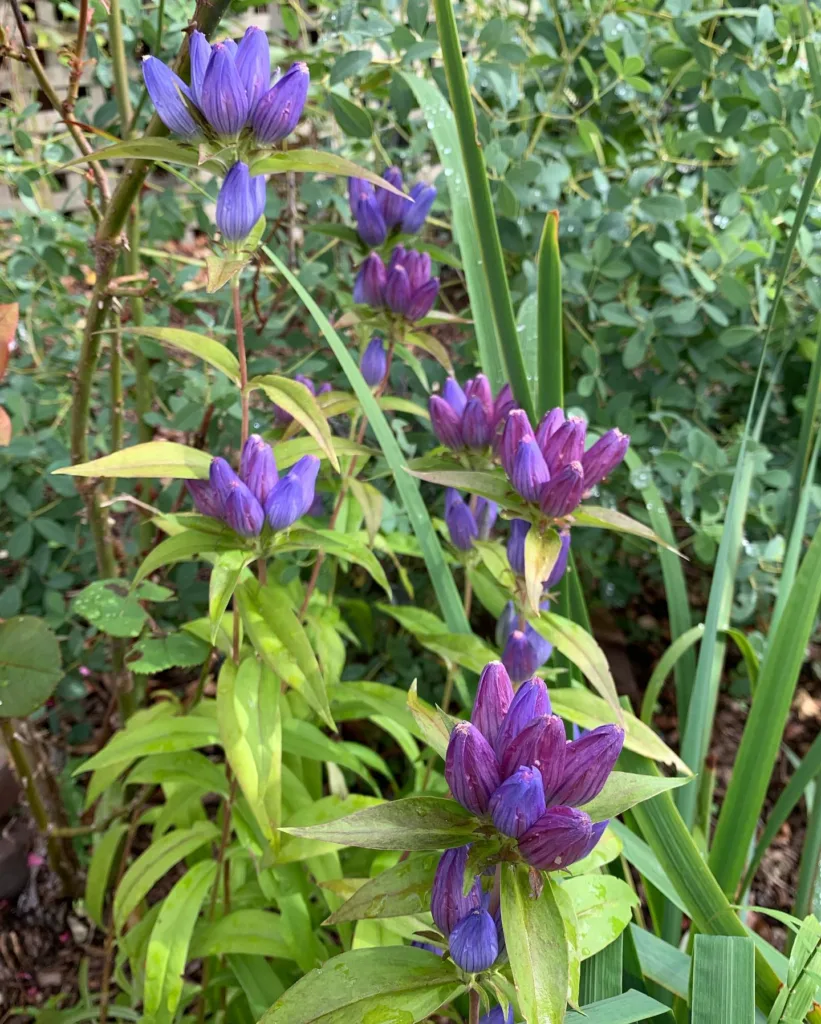Fragaria: A Deep Dive into the World of Strawberries
I’ve always been fascinated by the natural world, especially the plants we cultivate for food. One genus that has particularly captured my attention is Fragaria, more commonly known as the strawberry. This genus, belonging to the rose family, Rosaceae, boasts over 20 recognized species and countless hybrids and cultivars.
Why Strawberries?
What is it about strawberries that draws me in? Perhaps it’s their vibrant red color, their juicy texture, or their sweet, tangy flavor. Or maybe it’s the way they symbolize summertime and happy memories. Whatever the reason, I find myself constantly drawn to these delightful fruits.
A Closer Look at the Genus Fragaria
The genus Fragaria is native to temperate regions of the Northern Hemisphere, with a few species found in South America. These plants are typically herbaceous perennials, meaning they live for more than two years and have non-woody stems. They are characterized by their trifoliate leaves (leaves with three leaflets), their small white or pink flowers, and, of course, their aggregate fruits – the strawberries we love to eat.
It’s important to note that the fleshy, red part we consider the “fruit” is actually an accessory fruit. The true fruits are the tiny, seed-like structures embedded on the surface, known as achenes.
Species within the Genus Fragaria
Here’s a list of species within the genus Fragaria:
- Fragaria × ananassa (Duchesne ex Weston) Duchesne ex Rozier Plant FAQs: Strawberry – Fragaria x Ananassa
- Fragaria × bifera Duchesne
- Fragaria × bringhurstii Staudt
- Fragaria bucharica Losinsk.
- Fragaria cascadensis K.E.Hummer
- Fragaria chiloensis (L.) Mill.
- Fragaria chinensis Losinsk.
- Fragaria corymbosa Losinsk.
- Fragaria daltoniana J.Gay
- Fragaria emeiensis J.J.Lei
- Fragaria gracilis Losinsk.
- Fragaria hayatae Makino
- Fragaria iinumae Makino
- Fragaria × intermedia (Bach) Beck
- Fragaria iturupensis Staudt
- Fragaria mandshurica Staudt
- Fragaria moschata Duchesne ex Weston
- Fragaria moupinensis (Franch.) Cardot
- Fragaria × neglecta Lindem.
- Fragaria nilgerrensis Schltdl. ex J.Gay
- Fragaria nipponica Makino
- Fragaria nubicola (Lindl. ex Hook.f.) Lacaita
- Fragaria orientalis Losinsk.
- Fragaria pentaphylla Losinsk.
- Fragaria tayulinensis S.S.Ying
- Fragaria tibetica Staudt & Dickoré
- Fragaria vesca L.
- Fragaria virginiana Mill.
- Fragaria viridis Weston
The Allure of the Garden Strawberry
Among all the Fragaria species, Fragaria x ananassa, the garden strawberry, reigns supreme. This hybrid, first bred in Brittany, France, in the 18th century, has become the most widely cultivated strawberry worldwide. Its popularity stems from its large, juicy fruits, its adaptability to various climates, and its relatively high yield.
Cultivating Strawberries
Growing strawberries can be a rewarding experience. Whether you have a spacious garden or a small balcony, you can cultivate these delicious fruits. Here are a few key things to keep in mind:
- Sunlight: Strawberries thrive in full sun, requiring at least six hours of direct sunlight per day.
- Soil: Well-drained soil with a slightly acidic pH is ideal for strawberry growth.
- Watering: Consistent watering is crucial, especially during the fruiting season.
- Fertilization: Regular fertilization helps promote healthy growth and abundant fruit production.
- Pest and disease control: Keep an eye out for common pests and diseases, and take appropriate measures to protect your plants.
Beyond the Berry
While the fruits are undoubtedly the stars of the show, the entire strawberry plant has its own charm. The delicate white or pink flowers add a touch of elegance to any garden, and the lush green foliage provides excellent ground cover.
Moreover, strawberries have been used for medicinal purposes for centuries. They are rich in vitamin C, antioxidants, and other beneficial compounds, contributing to their reputation as a health-promoting food.
A Continuing Fascination
My exploration of the genus Fragaria has only deepened my appreciation for these remarkable plants. From their humble origins in the wild to their widespread cultivation in gardens and farms around the world, strawberries have proven their enduring appeal. As I continue to learn more about these fascinating fruits, I’m filled with a sense of wonder and gratitude for the natural world and its bounty.
If i die, water my plants!



